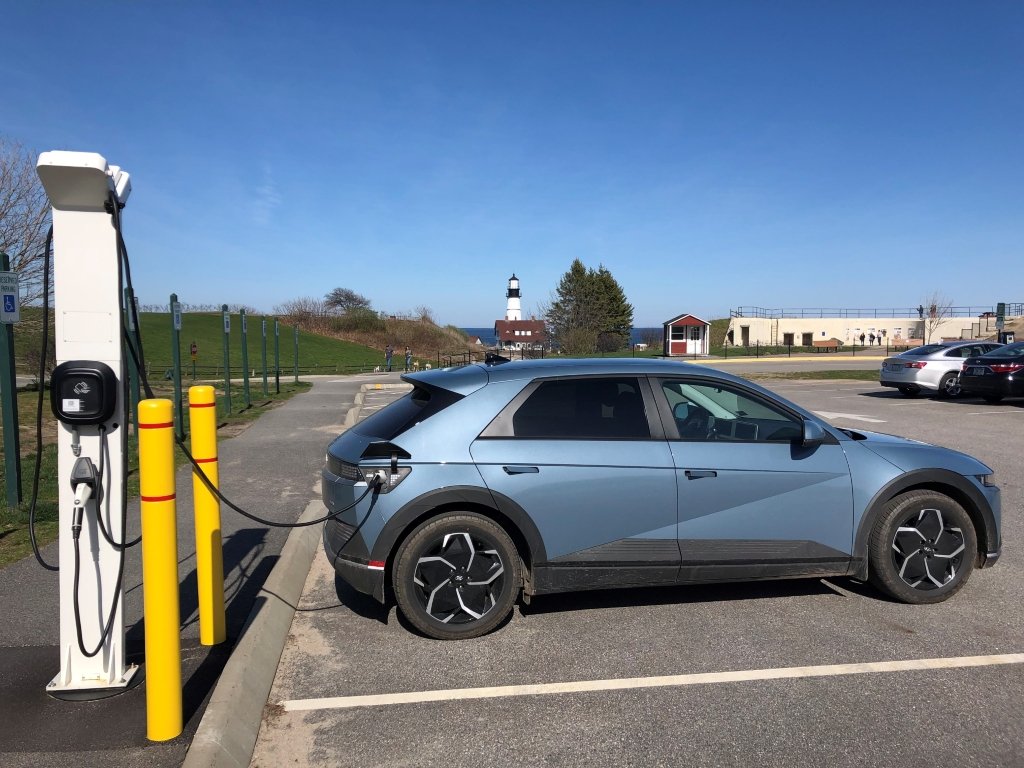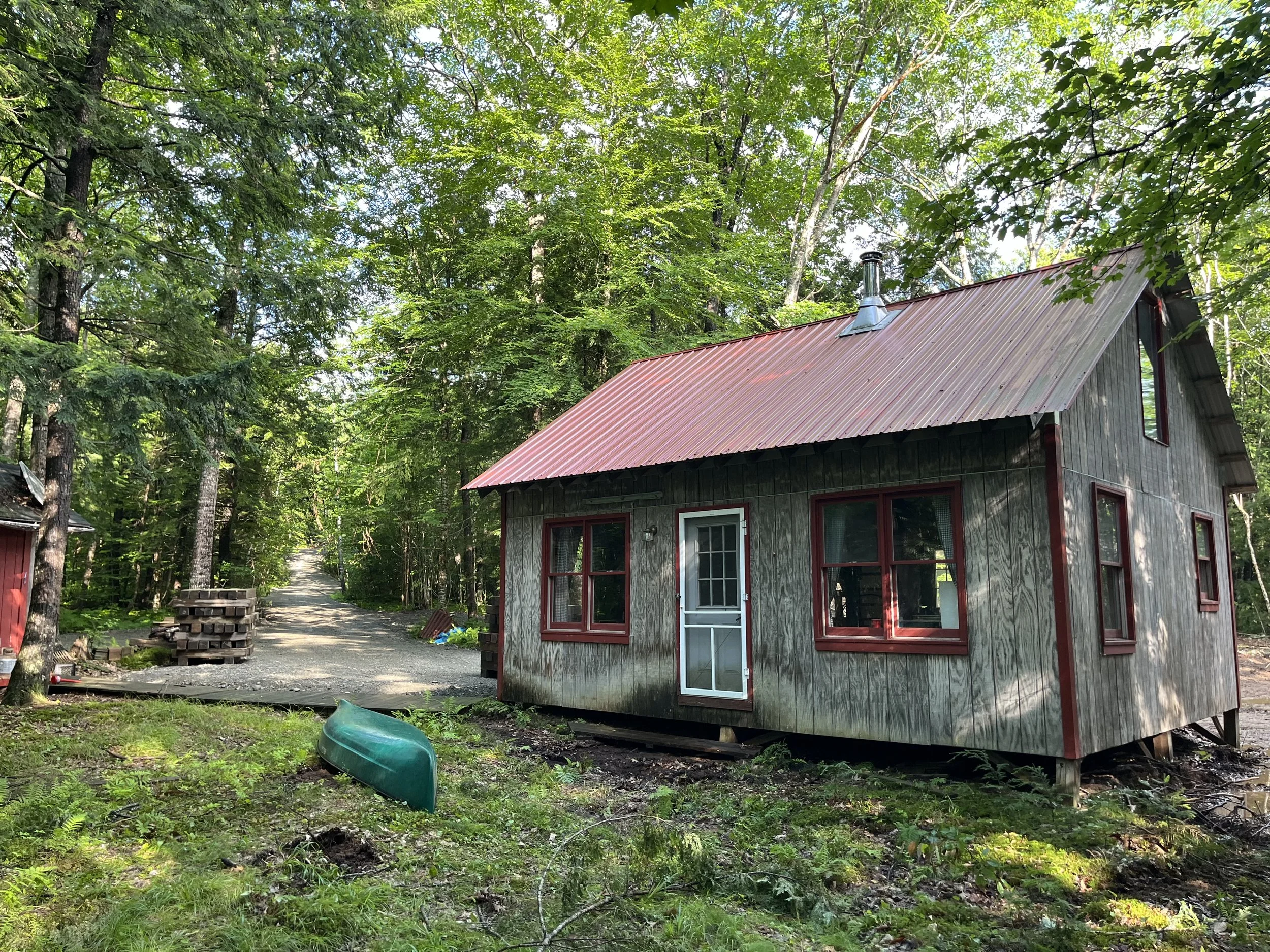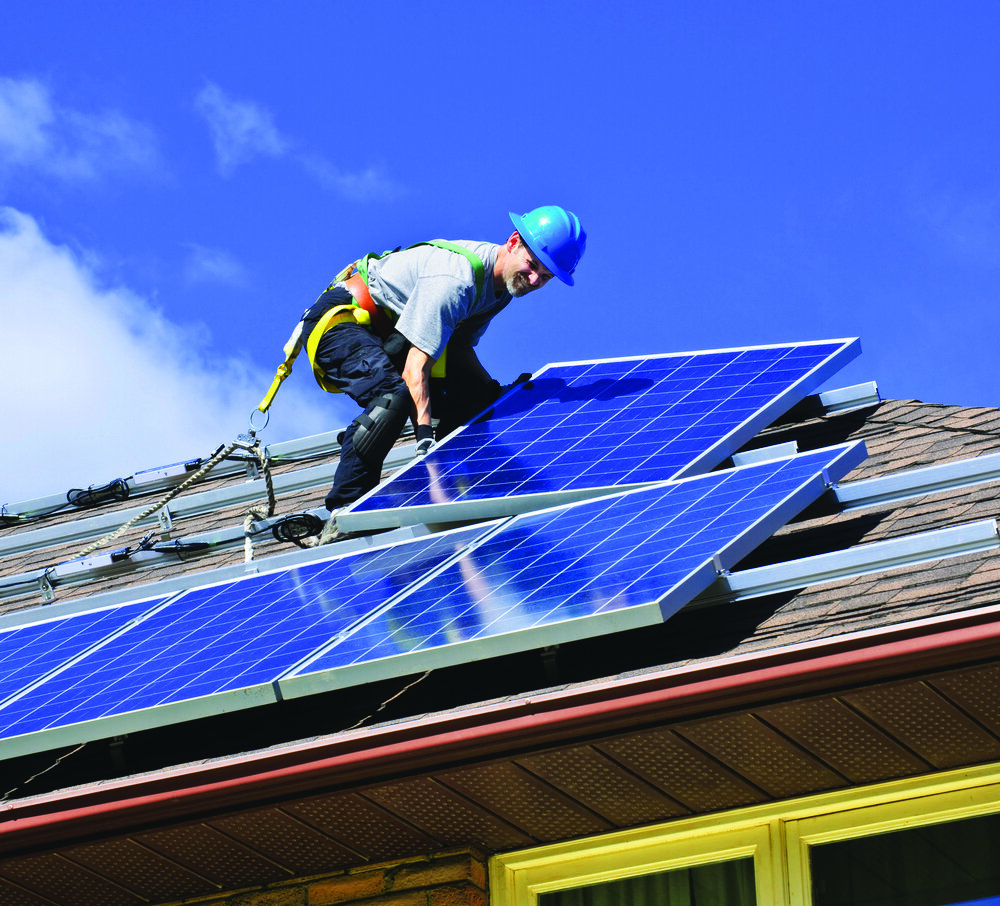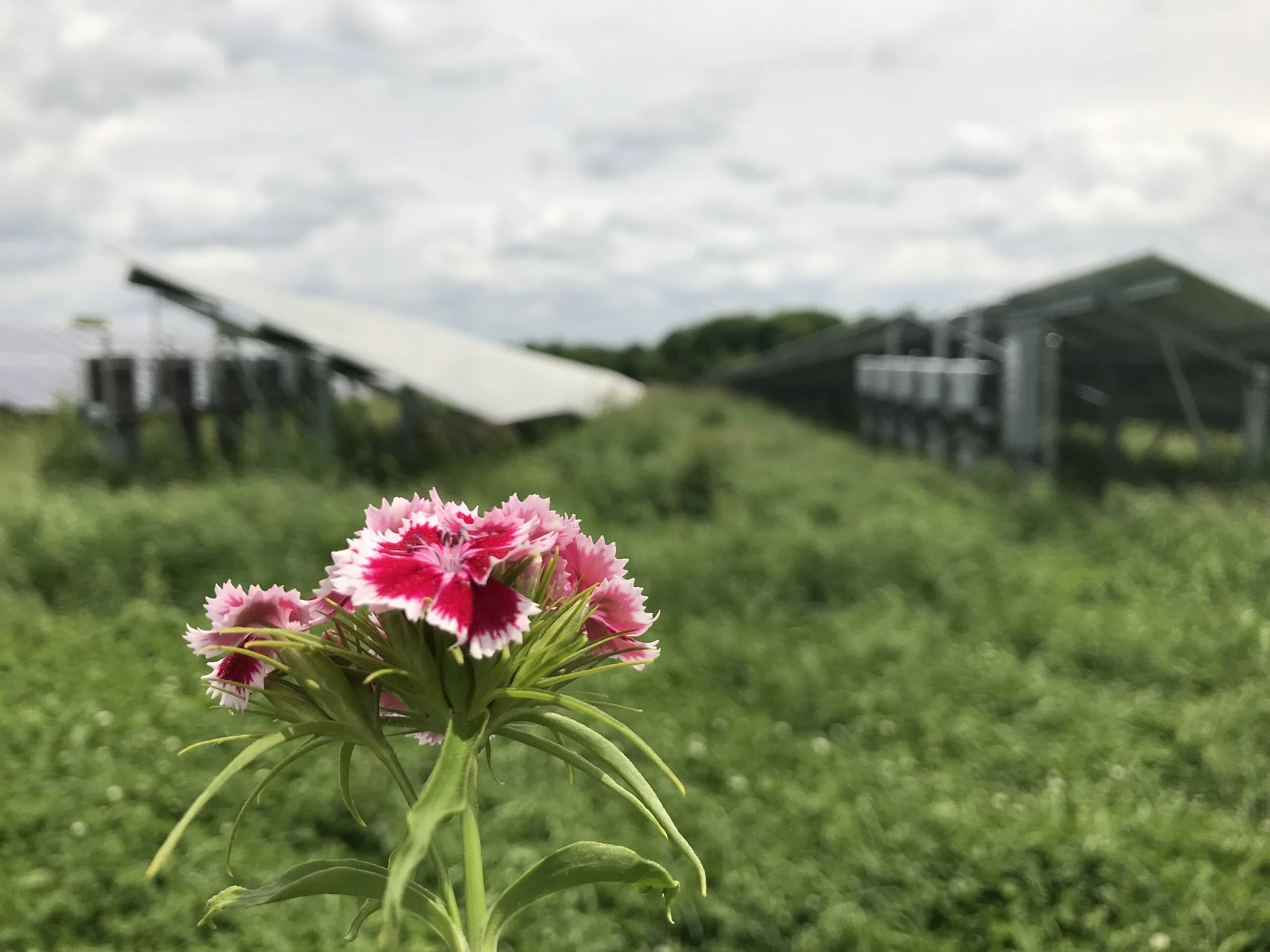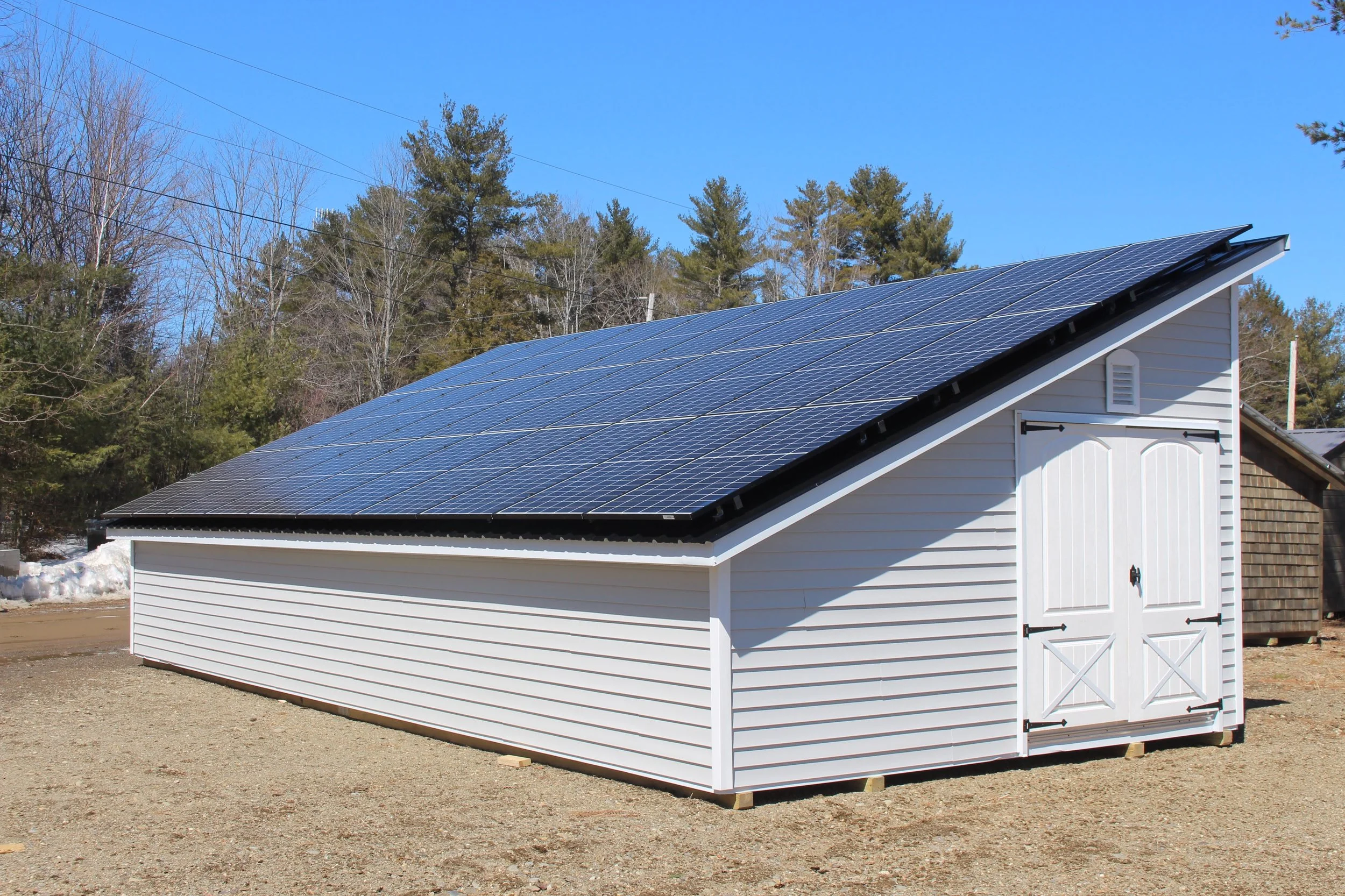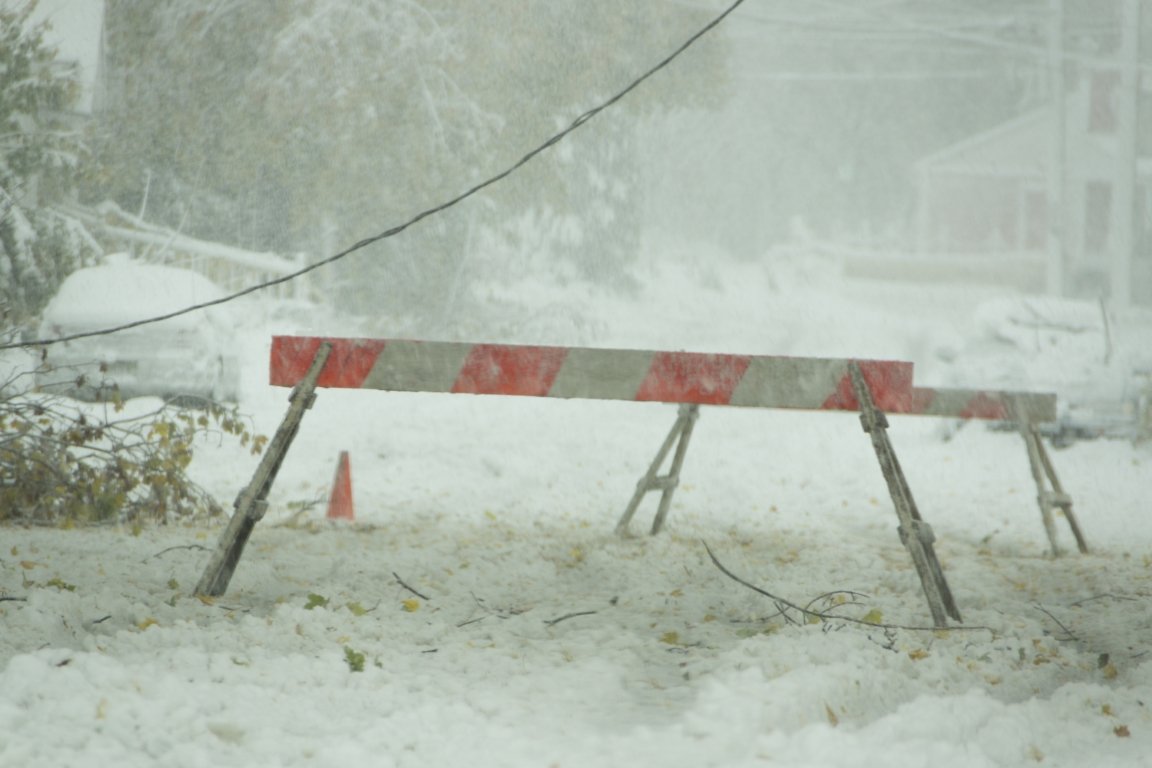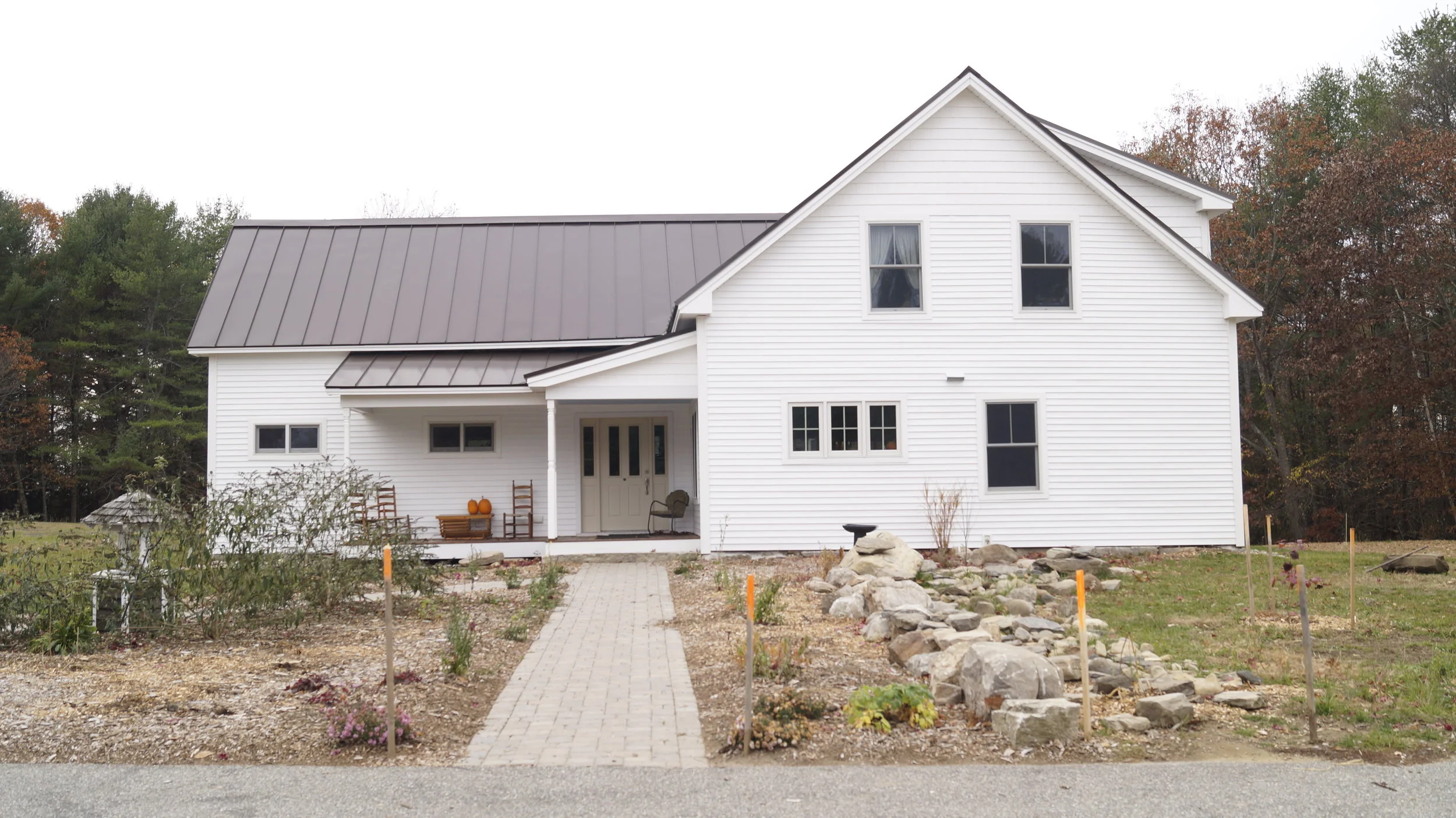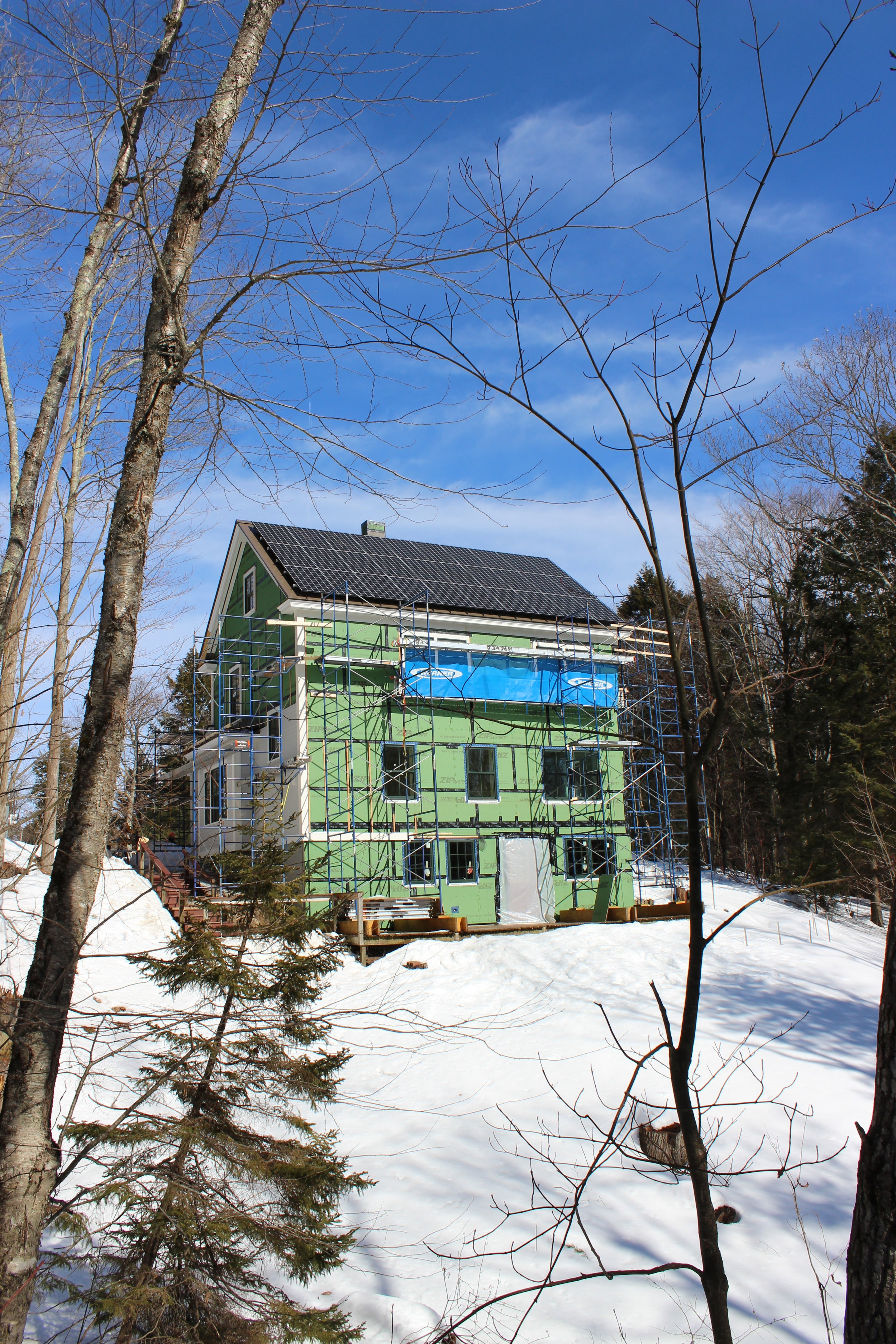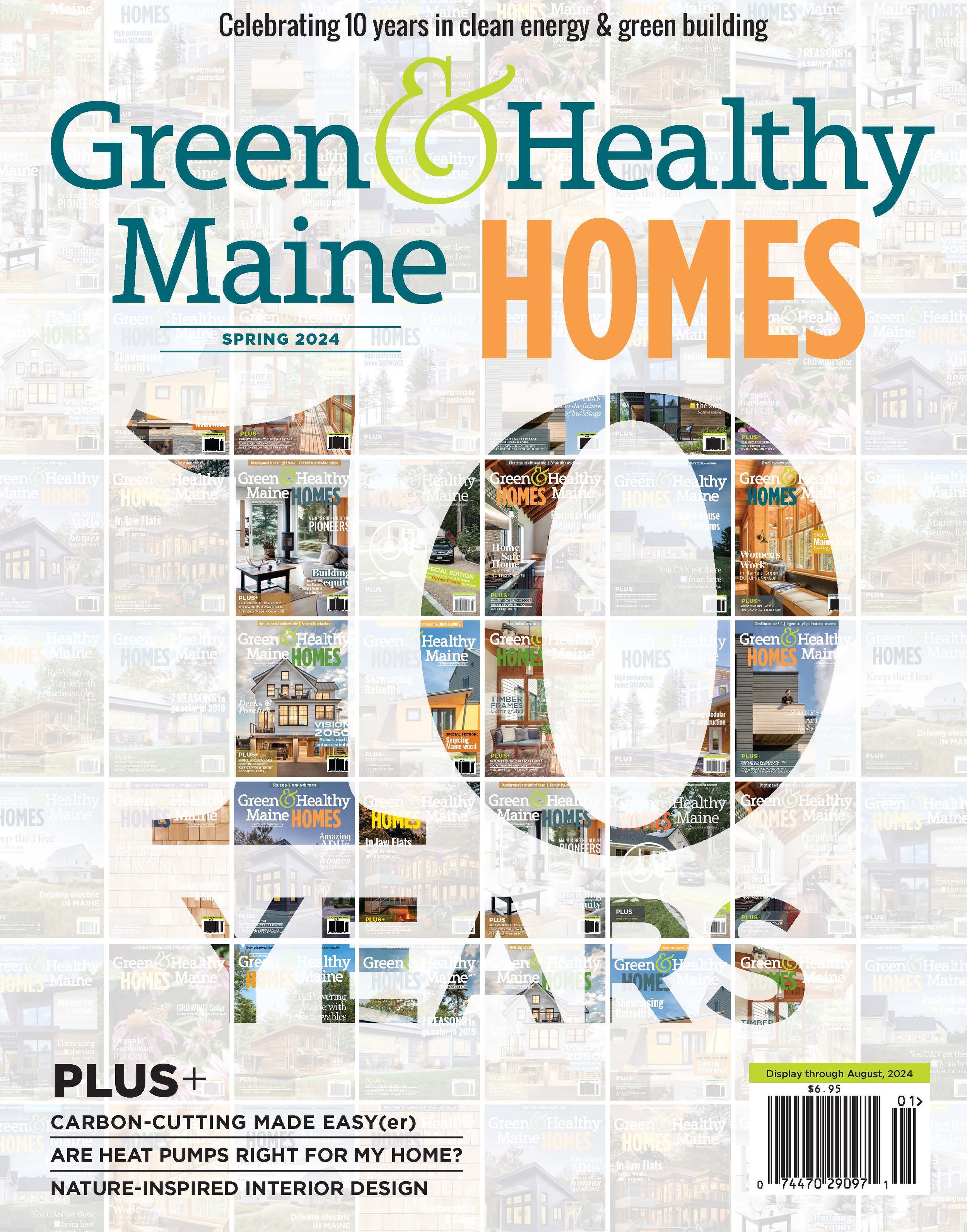Then & Now: Celebrating 10 years in clean energy and green building in Maine
INFOGRAPHIC: PELLE GRAPHIC DESIGN
Researched by Raine Raynor
WHEN WE LAUNCHED Green & Healthy Maine HOMES 10 years ago, our goal was to provide you with information and resources to create a comfortable, safe and healthy home using the latest advances in renewable energy and efficiency. We wanted to show that homes that incorporate these technologies are not only healthier for the people who live in them and for the planet, but also practical and cost-effective. While our mission hasn’t changed in the past 10 years, I’m happy to share that Maine has experienced great advances in these areas. Let’s take a look at how far clean energy and green building in Maine has come in the past decade.
Heather Chandler
Editor & Publisher
Electric Vehicles
The number of electric vehicles registered in Maine has grown over 160% in the past decade, with 802 EVs registered on June 30 2015, and 13,364 registered as of January 7, 2024.
Access to public charging equipment has also increased greatly. At the end of 2014, there were only 22 charging station locations with 33 EVSE (electric vehicle supply equipment) ports in Maine. Stations with multiple EVSE ports can accommodate more than one vehicle charging at a time. As of February 15, 2024, there are now 472 charging stations with 1,035 EVSE ports.
Solar and renewable energy
The amount of solar installed and produced in Maine has grown significantly over the past ten years. Prior to 2015, only 13 MW of solar was installed in Maine, producing approximately 14,950 MWh annually. As of September 2023, 796 MW of solar is installed in the state, producing approximately 915,400 MWh a year. That is enough energy to power about 130,000 Maine homes for a year!
THEN: 14,950 MWh is enough to…
Power approximately 2,100 Maine homes for a year
14,665,950 lbs of CO2 offset
2,184,475 cups of coffee brewed
1,706,621 cell phones charged
41,841 times an EV could drive around New England
3,277 times an EV could drive around the U.S.
20,479,452 beers canned
7,973,333 pies baked
NOW: 915,400 MWh is enough to…
Power approximately 130,000 Maine homes for a year
898,007,400 lbs of CO2 offset
133,757,078 cups of coffee brewed
104,497,717 cell phones charged
2,561,928 times an EV could drive around New England
200,668 times an EV could drive around the US
1,253,972,603 beers canned
488,213,333 pies baked
Heating
In 2023, 56% of Maine homes were heated with fuel oil, a decrease from 64.9% in 2015. That number is still well above the national average of 4% of homes heated with fuel oil. As the state with the highest percentage of homes heated with fuel oil, Maine has an excellent opportunity to reduce carbon emissions through more sustainable heating choices such as electric heat pumps. In fact, Efficiency Maine reports that they have provided rebates for over 161,000 heat pumps in Maine between 2014 and 2023. The number of heat pumps installed fulfilled the 2020 Maine Won’t Wait climate plan’s original goal of 100,000 new heat pumps installed by 2023, resulting in an updated goal of 275,000 new heat pumps by 2027.
Building Codes
Maine’s current building code is based on the 2015 International Energy Conservation Code (IECC) and is expected to be updated to adopt the 2021 IECC by summer 2024. We’ve come a long way since 2014, when Maine’s building code was based on the 2009 IECC:
THEN: 2009 IECC
Insulation requirements:
Continuous insulation not required
R-20+ insulation in just the cavity or R-13 insulation in the cavity + R-5 of continuous insulation
Air tightness level required: 7 ACH 50. Blower door test not required to verify airtightness number.
NOW: 2015 IECC
Insulation requirements:
Continuous insulation becomes required
R-13 insulation in the cavity + R-10 of continuous insulation or R-20 insulation in the cavity + R-5 of continuous insulation
Airtightness level required: 3 ACH 50. Blower door test required.
Ventilation systems (either ERV or HRV) are mandated.
Conservation
The past 10 years have brought a 10% growth in Maine land in conservation. The Maine Department of Inland Fisheries & Wildlife estimated 3,824,842 acres, or nearly 20% of the state, was in conservation in 2015. In 2023, that number has grown to 4,357,462 acres, or 22.2% of Maine land, with over 2,500 miles of trail—great news for a state which is almost 90% forested!
Maine’s Workforce
The Maine Won’t Wait climate action plan set a goal of 30,000 clean energy jobs by 2030, and we’re already over halfway there: there were 15,019 clean energy jobs in Maine as of December 2023! In Maine’s real estate sector, there are currently 41 accredited Green Realtors, a designation from the National Association of Realtors designed to educate realtors about renewable energy, weatherization, electrification and indoor air quality to better work with homes with green features.
maine Legislation
Over the previous decade, Maine has passed a number of forward-thinking laws to protect the environment and sustainable housing easier and more affordable to create.
2017: Maine passes the most protective mining law in the country against pollution.
2017: Maine adds “nips” liquor bottles to its Returnable Beverage Container Law, commonly referred to as the “Bottle Bill,” which has reduced beverage container waste over four decades through about a 75% redemption rate.
2019: Maine becomes the 22nd state to join the U.S. Climate Alliance, resulting in the creation of the Maine Won’t Wait climate plan in 2020.
2019: Law restores net metering, which provides a 1:1 credit for the retail value of each kWh homeowner solar systems generate and send back to the grid. This makes rooftop solar investments simpler and more cost-effective.
2019: Law removes limit of nine participants in a community solar project and allows unlimited participants.
2019: Maine becomes the third state to ban plastic bags.
2019: Maine becomes the first state to ban polystyrene foam (Styrofoam).
2019: Affordable housing legislation loosens zoning restrictions on Accessory Dwelling Units (ADUs).
2022: The Inflation Reduction Act brings new federal tax credits and rebates to incentivize energy efficiency.
Sources
Chandler, H. (Fall 2023). “What is the Inflation Reduction Act, and What Does It Mean for My Home?” Green & Healthy Maine HOMES. greenmainehomes.com/blog/inflation-reduction-act-tax-credits-rebates
Davis, Lucas. “The Geography of Heating Oil and Propane” Energy Institute Blog, UC Berkeley. (November 1, 2021). https://energyathaas.wordpress.com/2021/11/01/the-geography-of-heating-oil-and-propane/
Donenfeld, J. (Spring 2023). New ADU regulations address affordable housing shortage. Green & Healthy Maine HOMES. greenmainehomes.com/blog/new-accessory-dwelling-unit-regulations
Grommes Pulaski, A. (Fall 2019). “The Year of the Environment… in Maine.” Green & Healthy Maine HOMES. greenmainehomes.com/blog/2019/11/23/the-year-of-the-environmentin-maine
Kolbert, D. (Fall 2021). “What’s Your Number? Maine’s New Building Codes,” Green & Healthy Maine HOMES. greenmainehomes.com/blog/whats-your-number-maines-new-building-codes
Maine Climate Council. (2023). December 2023 Progress Report on Maine Won’t Wait. www.maine.gov/future/sites/maine.gov.future/files/2023-12/_2023_MWW%20Progress%20Report.pdf
Maine Department of Environmental Protection. (Updated May 5, 2023). Mid-Year Electric Vehicle Data. www.maine.gov/dep/air/mobile/data/MID-YEAR%20Electric%20Vehicle%20Data05052023.xlsx
Maine Department of Inland Fisheries & Wildlife. (2015). Maine’s Wildlife Action Plan. www.maine.gov/ifw/docs/2015%20ME%20WAP%20All_DRAFT23.pdf
MaineHousing. (2017). Energy Usage & HEAP Program Profile. www.mainehousing.org/docs/default-source/policy-research/Research-Reports/Housing-Profiles/mainehousing-energy-usage-the-liheap-program-profile---november-2017.pdf?sfvrsn=f50ba115_4
Personal communication with Allison Wells, Senior Communications Director at Natural Resources Council of Maine. (February 27, 2024).
Personal communication with Barry Woods, Senior Director of eMobility at ReVision Energy. (February 14, 2024).
Personal communication with Jen Hatch, Sales Coordinator, and Emily Nadeau, Community Engagement Manager at ReVision Energy. (March 4, 2024).
Personal communication with Julia Bassett Schwerin, Realtor at Maine Green Brokers/Advisors Living. (February 13, 2024).
Personal communication with Kate Rankin, Director of Communications at Efficiency Maine. (February 20, 2024).
U.S. Department of Energy. (February 15, 2024). Alternative Fueling Station Counts by State. Office of Energy Efficiency & Renewable Energy Alternative Fuels Data Center. https://afdc.energy.gov/stations/states?count=public&include_temporarily_unavailable=false&date=2014-12-31
U.S. Department of Energy. (Viewed February 15,2024). Alternative Fueling Station Locator. Office of Energy Efficiency & Renewable Energy Alternative Fuels Data Center. https://afdc.energy.gov/stations/#/find/nearest
This article appeared in the Spring 2024 edition of Green & Healthy Maine HOMES. Subscribe today!
Find Maine experts that specialize in healthy, efficient homes in the Green Homes Business Directory.



